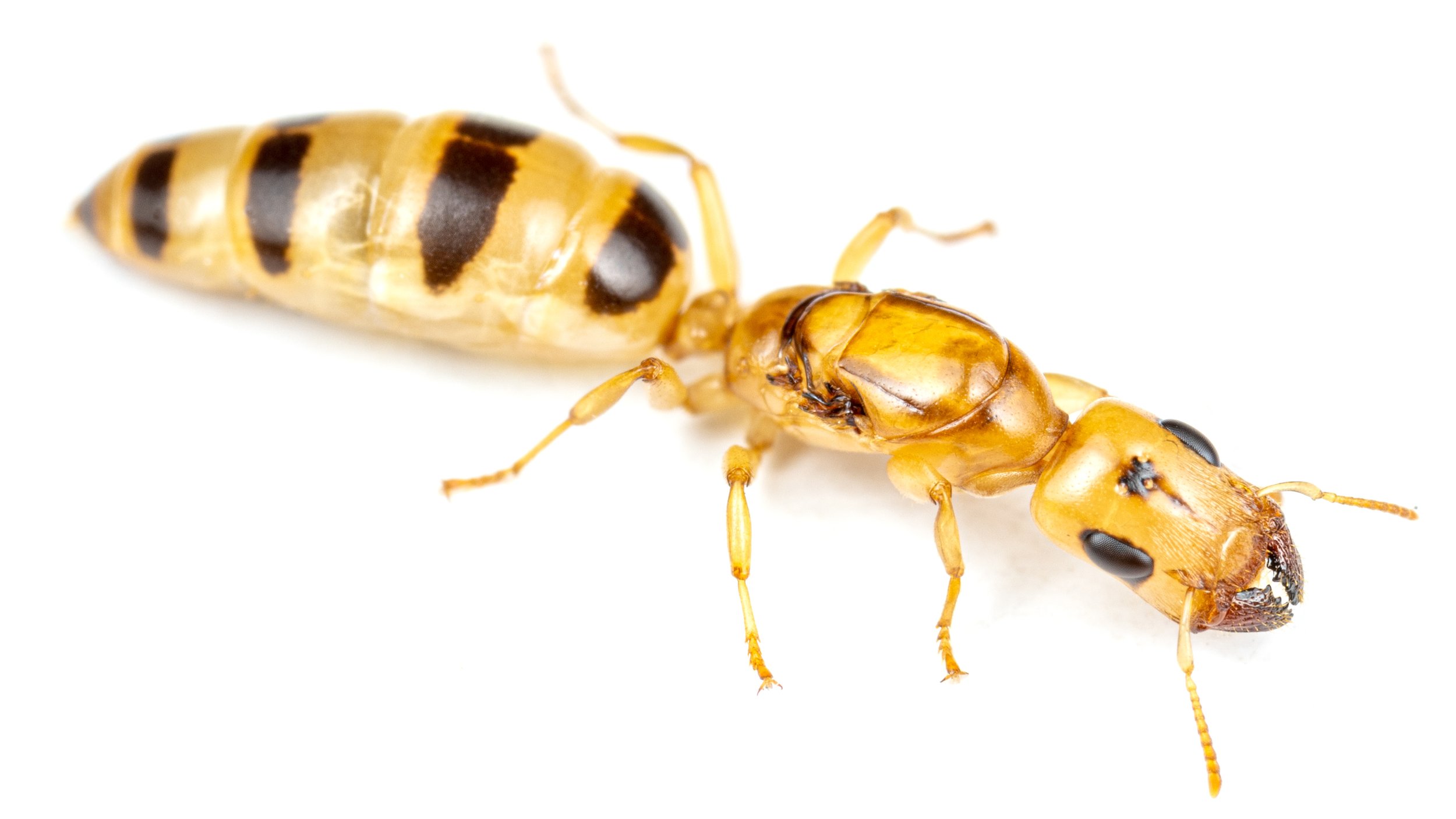Pheidole megacephala Ecology and Care Guide
This species is considered one of the most problematic invasive ant species and has caused devastating environmental problems all over the world, hence it is important to know how to know more about their ecology.
Pheidole (read as fidole), comes from Greek and it refers to being thrifty, which is something growing strong and healthy.
As anyone who has ever encountered Pheidole megacephala nests in the wild, or keeping them in captivity, can only be amazed by how vigorous their colonies grow!
In its native habitat this ant species is known as the brown house ant, but for everybody else, Pheidole megacephala is known as the African big headed ant, one of the world's worst invasive ants species.
Gesomyrmex, the Amber Javelin Ants Ecology Guide
Gesomyrmex is a genus of ants in the subfamily Formicinae. The genus contains seven extant species, and eleven fossil species, about which little is known, since the few species within the genus are rarely encountered. The genus was established by G. Mayr (1868) for a single species from Baltic amber.
Members of this genus are very rare and ancient forms as they belong to a loose assemblage of genera which have been considered the most primitive members of the subfamily Formicinae.
These genera, which include Myrmoteras, Gesomyrmex, Gigantiops, Myrmecorhynchus, Opisthopsis and Santschiella, remain among the least studied ants.

